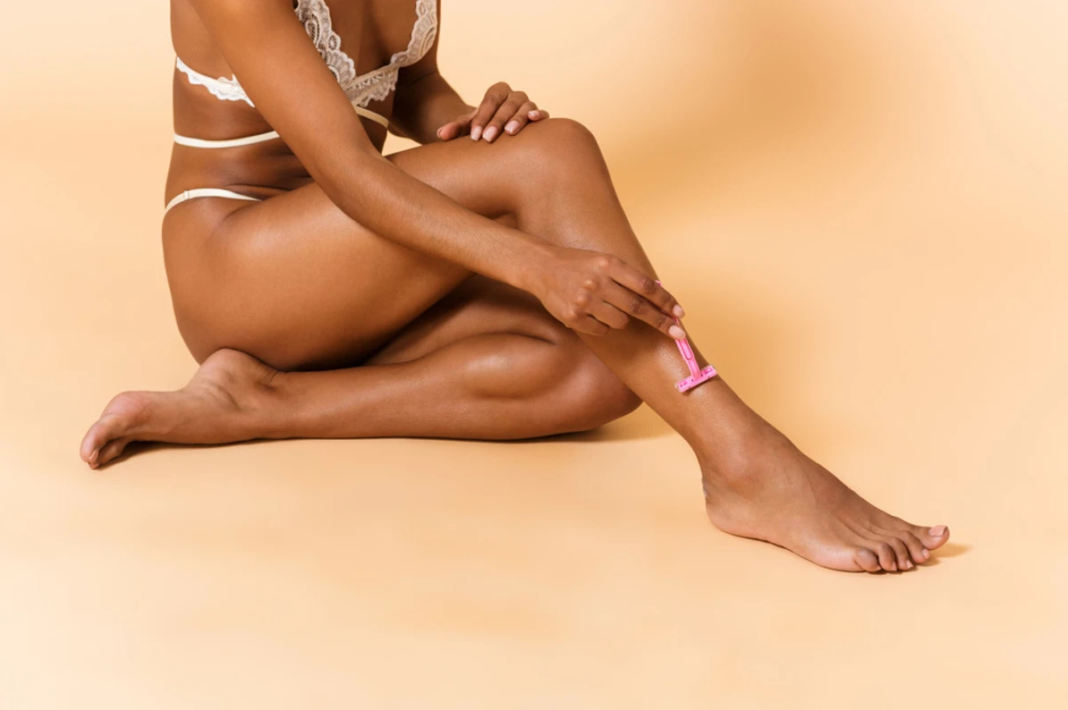If you’ve ever noticed tiny dark spots on your legs that resemble the seeds of a strawberry, you’re not alone. Dubbed “strawberry legs,” these blemishes can be a cosmetic concern, though they’re not medically worrisome. As a beauty enthusiast, I dove into understanding and tackling this issue. Here’s what I discovered, with insights from dermatologists Tiffany Libby, MD, and Marisa Garshick, MD.
The Root of the Problem
Strawberry legs occur due to three main reasons: clogged hair follicles, ingrown hairs, or folliculitis. When dead skin, oil, or debris oxidizes inside the pores, it can turn dark, giving the skin that speckled strawberry look. Ingrown hairs, particularly common after shaving or waxing, can inflame hair follicles. Folliculitis, an infection of the hair follicle, can lead to redness and pustules. Genetics can also play a role in your likelihood of developing these spots.
Prevention Is Key
To keep your legs looking spotless, it’s essential to adapt your body care routine. Here’s how:
- Exfoliate Regularly: Garshick recommends regular chemical or physical exfoliation to prevent dead skin buildup and keep pores clear. Libby suggests using products with alpha- and beta-hydroxy acids, like First Aid Beauty’s KP Bump Eraser.
- Shave Smartly: Use a moisturizing shaving cream and a sharp razor. Garshick advises shaving in the direction of hair growth. Libby also recommends considering alternatives like depilatory creams.
- Moisturize: Keeping your skin hydrated is crucial. A product like CeraVe SA Cream with Salicylic Acid is perfect for keeping skin smooth and clear.
- Dry Brushing: This technique helps slough away dead skin cells. Before showering, use a soft dry brush in circular motions on dry skin.
Treating Existing Spots
Got strawberry legs already? Here’s what you can do:
- Refine Your Shaving Technique: Change your razor frequently to avoid dull blades that can irritate the skin. Shave in the direction of hair growth to minimize ingrown hairs.
- Gentle Exfoliation: Use AHAs or BHAs to eliminate dead skin cells and unclog pores. Avoid harsh scrubs that can inflame the skin.
- Moisturize: Especially important if dealing with keratosis pilaris. Keeping the skin well-hydrated can alleviate some of the issues.
- Consult a Dermatologist: If you’re not seeing improvement, a dermatologist can recommend other treatment options.
Professional Treatments
For those seeking more intensive solutions, consider these in-office treatments:
- Chemical Peels: These can help exfoliate the skin and unclog pores, making them a viable option for treating strawberry legs.
- Laser Hair Removal: A more permanent solution, laser hair removal reduces hair density and visibility of hair follicles, thereby minimizing the appearance of strawberry legs. It also helps prevent ingrown hairs.
Remember, while strawberry legs are mostly a cosmetic concern, maintaining a consistent and gentle skin-care routine can greatly reduce their appearance. So, embrace your beauty regimen and say goodbye to strawberry legs for good!








